The post Four Signs it’s NOT Time to Upgrade Your Camera appeared first on Digital Photography School. It was authored by Adam Welch.
I’m reminded about a conversation between Ansel Adams and Ernest Hemingway that went something like this:
Hemingway: You take the most amazing photographs I’ve ever seen! What sort of camera do you use?
Adams: You write the most amazing stories. What sort of typewriter do you use?
Even though I know this chance encounter between two of my favorite Masters never actually occurred (though I secretly hope it did), the weighty implications of this fictional exchange are obvious.

The power of a photograph is no more coupled to the superiority of one’s camera than are the words of a good story which move us to emotion. While it’s true that cameras are indeed the tools of our trade, and those tools vary in terms of capability, there seems today to be a sort of “cart before the horse” mentality. It looms heavy over the majority of the photographic community; a mentality which implies that if your photographs aren’t up to your expectations, the quickest remedy is to buy a better camera.
Upgrade, upgrade, UPGRADE! That’s the song often heard. Upgrading your camera is a natural facet of the evolution of any photographer. I’m not in disagreement with that notion. However, what if I told you that getting a new (or new to you) camera should be more of a last resort than a first idea?
Today, we’re going to talk about four signs that it’s NOT time to upgrade your camera.
You’re still “figuring out” what you want to do with your photography
About 300 years ago (it seems), when digital cameras were becoming relatively cost-effective for the average shooter, I began thinking about switching from my film SLR to a DSLR. I searched around and was advised on a camera that would be “magic” for the work I was trying to do. The problem was that I had no real idea of what that work actually would be.

Much like a certain popular character from a certain popular TV show…”I knew nothing.” I went with the camera others told me I should have and went after the sort of photography jobs (wedding, portraits, events) that were available in my area. I had upgraded my camera – not for any true physical or technical need – but rather because I thought that a new camera was necessary for the task at hand.
In fact, I hadn’t stopped to think about what I wanted to do and how I should go about doing it before I took the plunge. It was like buying brushes before knowing how to paint.
If you’re still wondering what kind of photography is “right” for you, a good starting point would be to continue working with whatever camera you have right now. Shoot everything and anything with it: people, events, landscapes, nature, street, and still life.
Only after you see yourself leaning to one side should you begin thinking about upgrading the tools you need to accomplish a better outcome.
You’re stilling using the “kit lens” that came with your camera
Your brain is an amazingly complex, incredibly capable bio-computer which we’ve only begun to understand. Yet without input and feedback from our senses, the brain is just – well – a brain. It only knows it’s environment based on the information allowed to pass along to its consciousness.
The same is true for our cameras.
A digital camera can sport the most beautifully huge sensor that somehow produces no noise even at 4 billion ISO. Or, has enough megapixels to make enlargements larger than the Earth and still it would be reliant on the information passed to it by its lens. In the end, it is the lens that dictates the quality of the raw informational light the camera will use to build an image.
So why do so many of us put more emphasis on the camera instead of the lens?

Especially today, the lenses which come with bundled camera kits are generally much sharper and faster than previous packages offered ten or fifteen years ago. This is likely due to the higher expectations of the “average photographer” – if there is such a thing.
Still, if the reason you’re considering upgrading your camera is wholly due to a lack of sharpness or low-light performance, then I urge you to first invest in a higher quality lens. Please note that higher-quality does not translate into high prices. Many prime (non-zoom) lenses with maximum apertures of f/2.8 and larger offer excellent optics for under $ 300 with slightly used models going for even less.
Always remember that an inferior camera with a superior lens will almost always perform better than a superior camera with an inferior lens. To that end, consider upgrading your lens before the camera body.
You’ve never gone fully manual
The functional operations of producing a photograph are surprisingly simple. In terms of image-making settings for our camera/lens, there are only three things we can directly control, which determine the overall outcome of our exposures; shutter speed, aperture, and ISO. These are essentially all we have to select to produce a digital image.
However, choosing those three parameters can instantly fill us with terror. Instead of taking full control of our photographs, we often choose to rely on aperture or shutter priority modes (which are usually quite good these days). Alternatively, we release the reigns entirely and allow our cameras to make the big decisions for our exposures by choosing Auto Mode.

I’ll admit this subject is a slippery slope. I’ve said many modern cameras perform beautifully when operating in these semi-automated shooting modes. Still, without the conscious and deliberate control of the user, a camera is, well, just a camera.
For whatever reason, if you find yourself never determining the “big three” settings of your camera and notice your photos lacking in their technical or creative merits, I urge you to begin shooting in manual mode. Entirely new doors will open up to you when you begin to understand the relationships between motion and shutter speed, or depth of field and aperture. Not to mention the brilliant nuances of working with ISO settings. Once you’ve discovered these possibilities, it will likely become clear that it doesn’t make sense to upgrade your camera in the hopes for a better automatic shooting experience.
First, try to assume a more dynamic role in determining the technical aspects of your photographic experience. Then decide if it truly is time to upgrade your camera.
You think your photography isn’t as good as someone else
This is the big one. It is the number one reason why you shouldn’t run out and upgrade your camera without first doing some serious self-inventory. You’ve seen someone else’s body of work, and instantly it registers in your mind “if only I had the camera they use,” or “no wonder their pictures are so good, look at that camera!”
In this situation, I default back to that epic fictional meeting between Ansel and Ernest. The obviously secondary nature of the tool of choice becomes readily apparent next to the prowess of its owner. I doubt few of us could pen another “The Old Man and the Sea” if supplied with the stationary and typewriter of Hemingway. It’s unlikely we might reproduce “Moon over Hernandez” if gifted the same camera and film as Ansel Adams used on that fateful evening in New Mexico.
The point is that it’s not the camera that makes the photograph. A camera is merely a conduit for the expression of skill and emotion of the user.

If you find yourself in pure envy of a certain photograph, an easy misstep is to wonder what type of camera or lens they used. The more difficult aspect to understand is that a person made the image; a person who was feeling a certain way at the time of capture – someone who was empowered by their knowledge and skill to produce a photograph.
The camera may have been the method to transform light into a photograph, but the power and the emotion conveyed through that photograph was born elsewhere.
I can assure you, upgrading your camera will not instantly make you a better photographer; only learning can do that. A camera doesn’t make a photograph; only a person can do that.
Some final words on cameras…
We’ve dipped into some heavy ideas in this article when it comes to all the reasons you should think twice before upgrading your camera. However, with anything that involves “art” and self-expression, these ideas are far from being absolutes.
In the end, only you can decide whether or not a new or different camera will nudge you along the path to fulfilling your potential as a photographer. It’s not a process you should enter into lightly or without solid reasoning.

Socrates said, “Know thyself.” That’s good wisdom.
If you find yourself looking at your current camera with a growing sense of disgust, ask yourself whether the performance you find lacking stems from the tool or the craftsman? In both cases, you can remedy the problem easily. You can obtain new cameras and acquire new knowledge. The trick is knowing which one you need more.

The post Four Signs it’s NOT Time to Upgrade Your Camera appeared first on Digital Photography School. It was authored by Adam Welch.
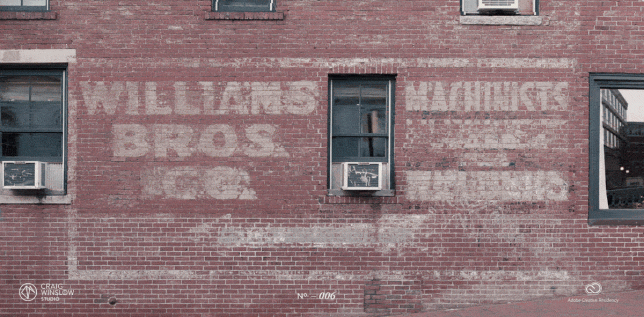
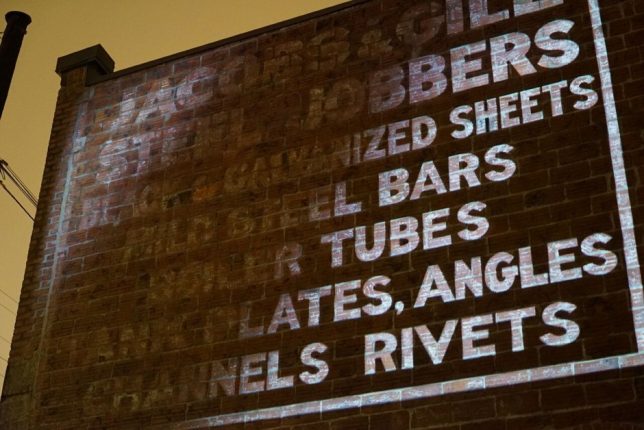

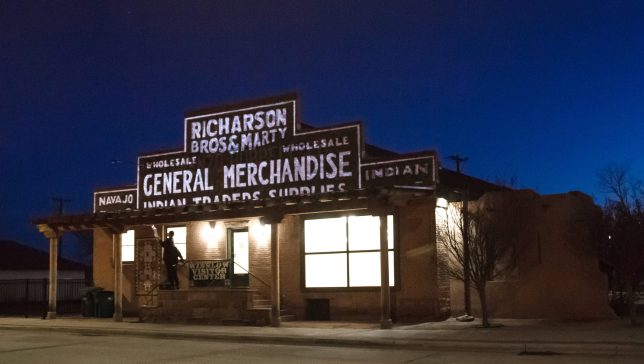
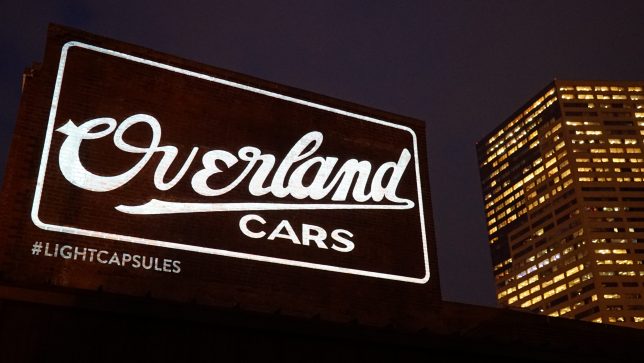
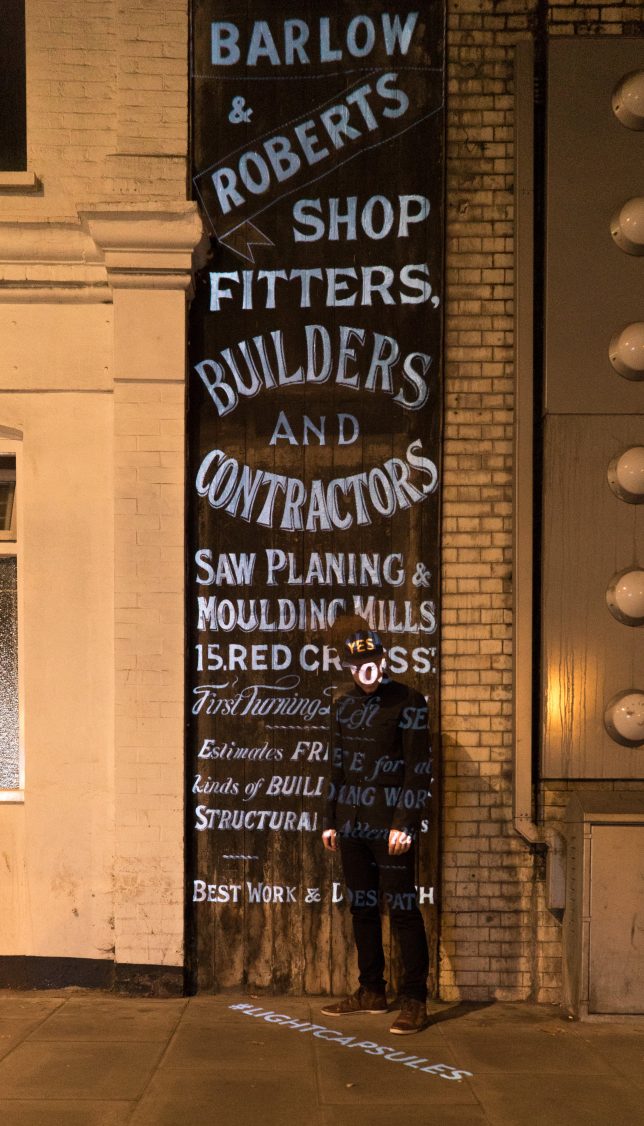













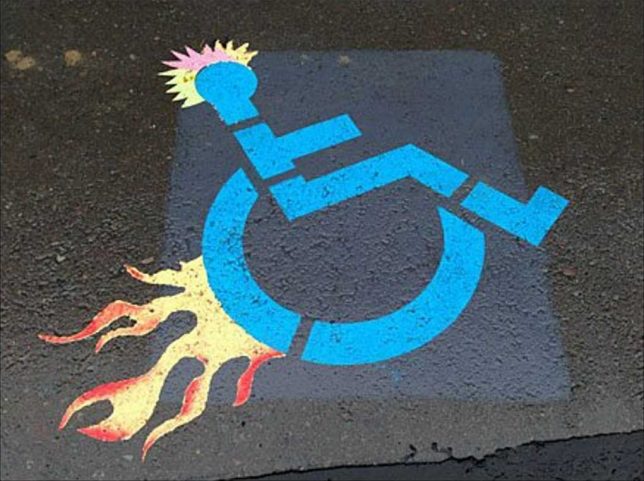
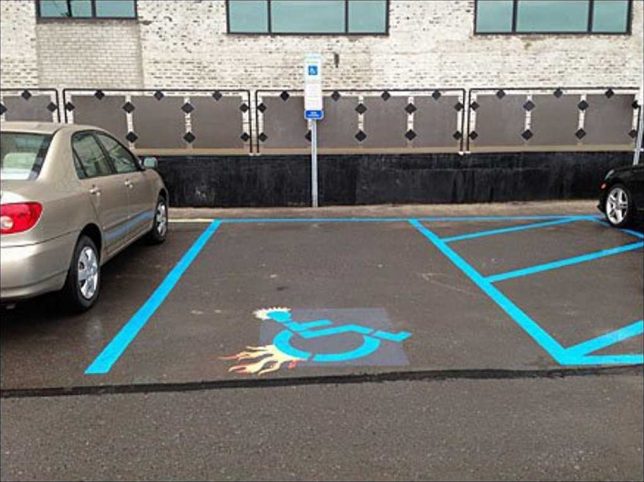

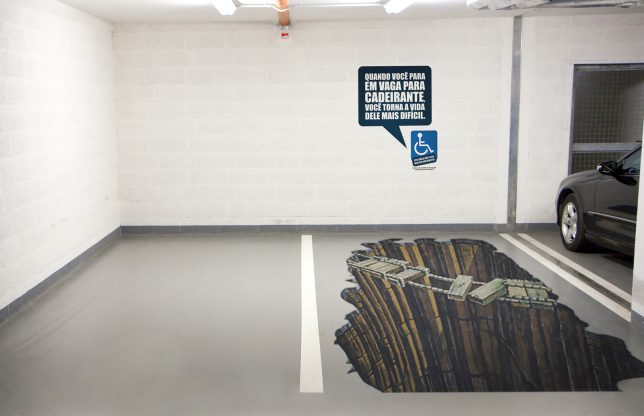
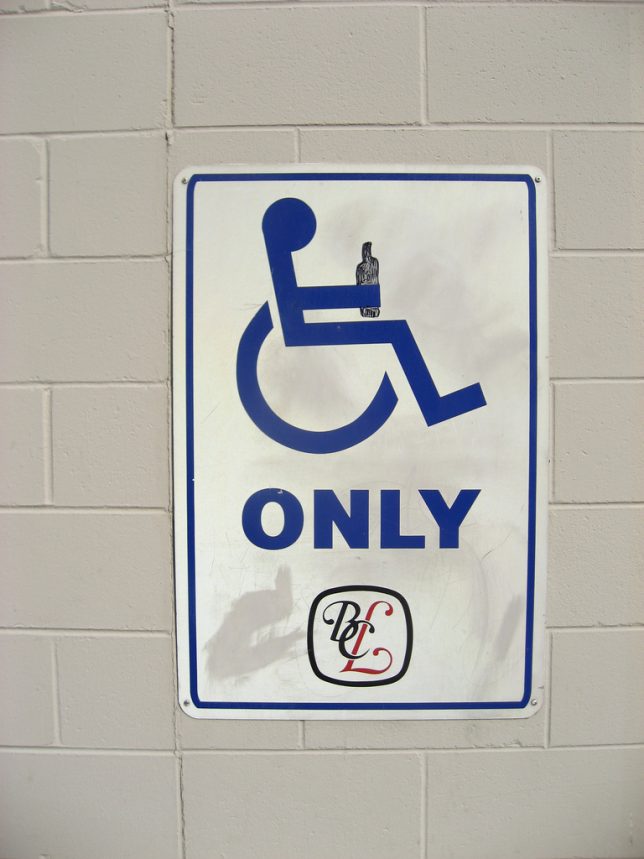
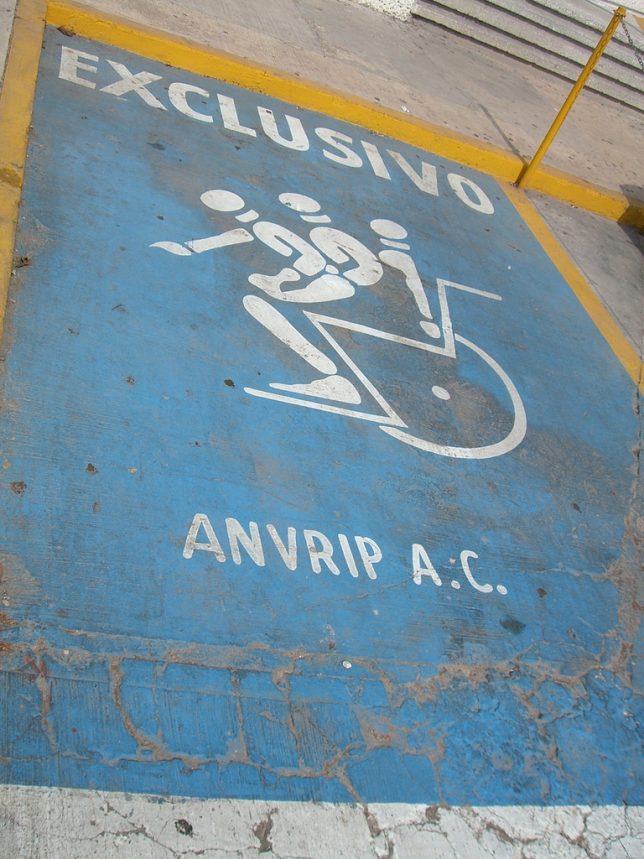
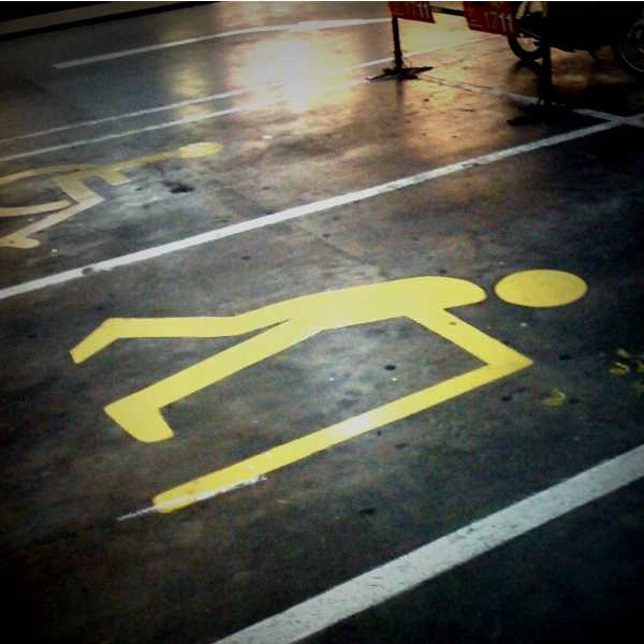


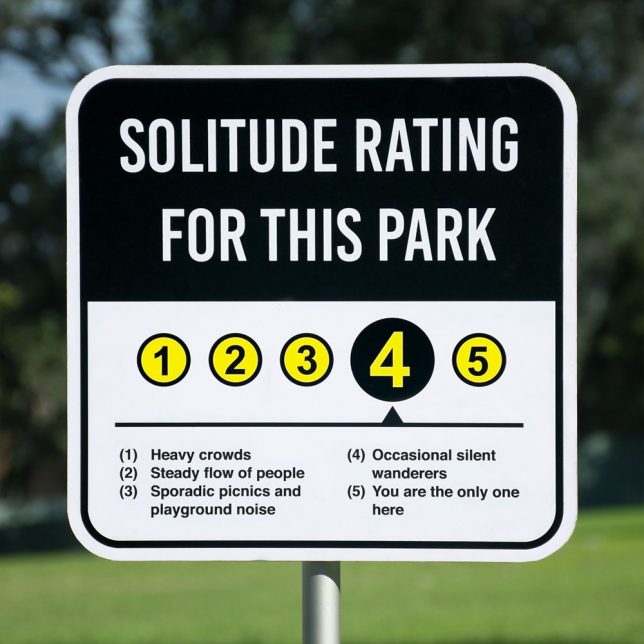
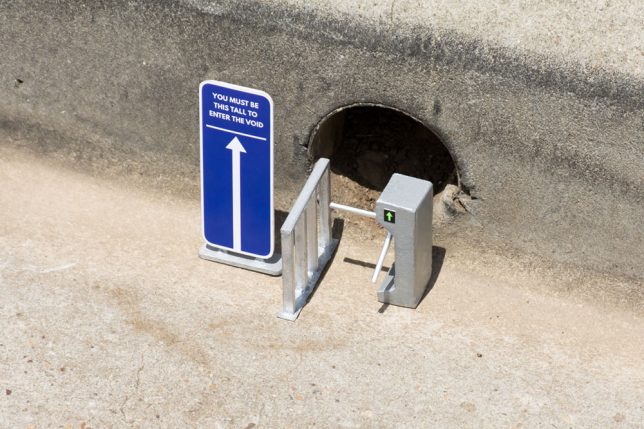
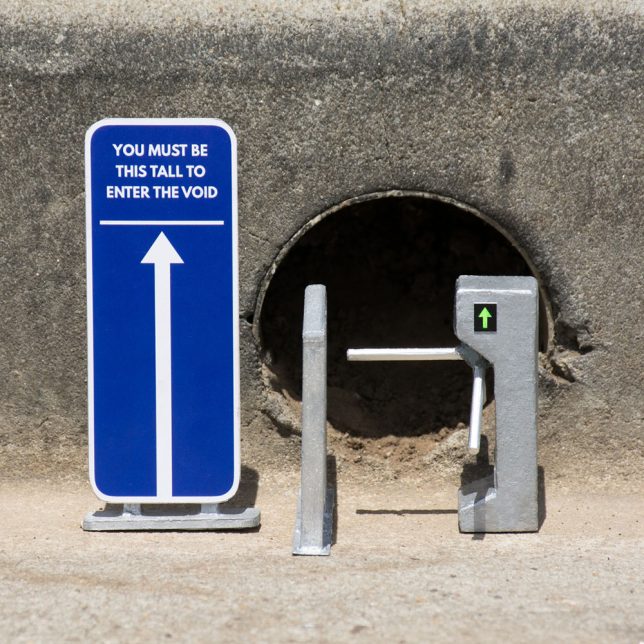
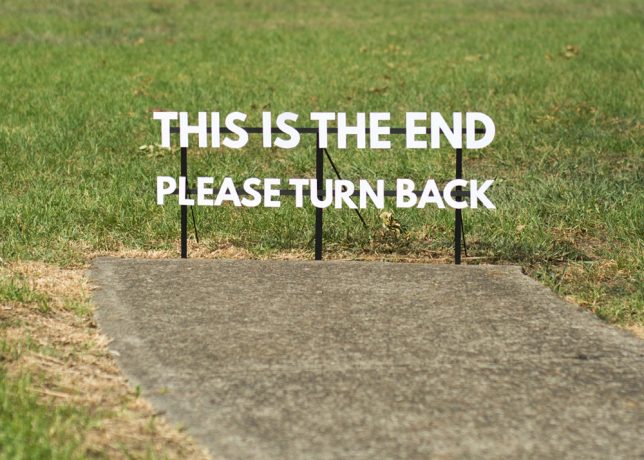
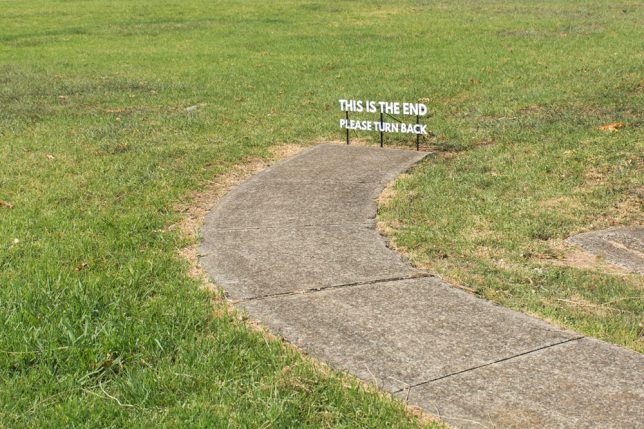
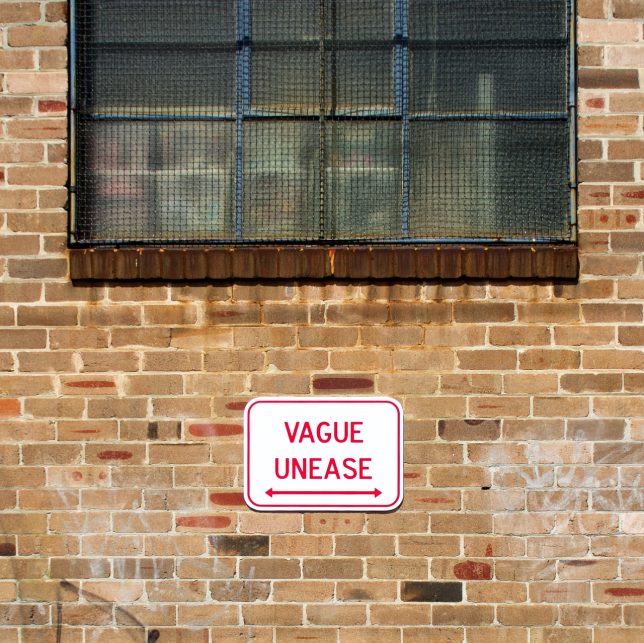
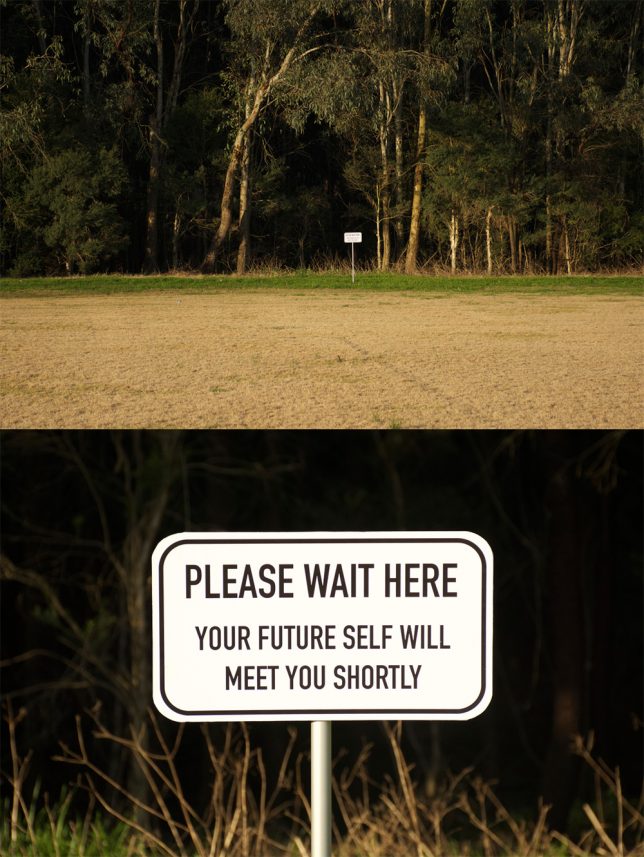
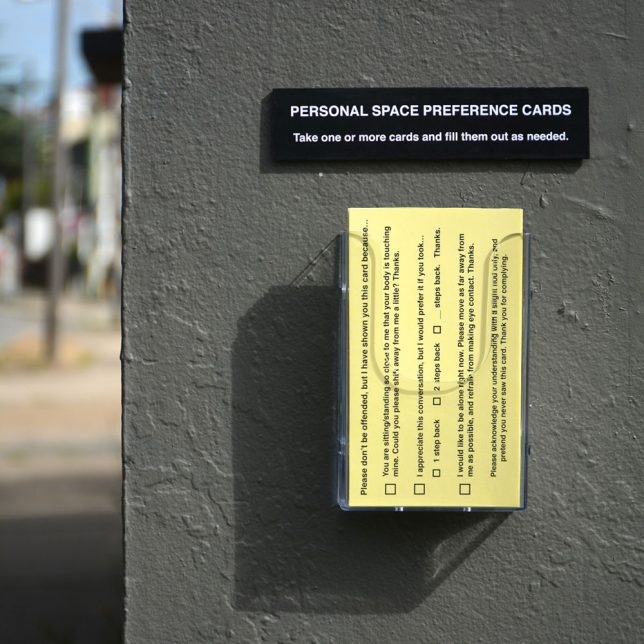
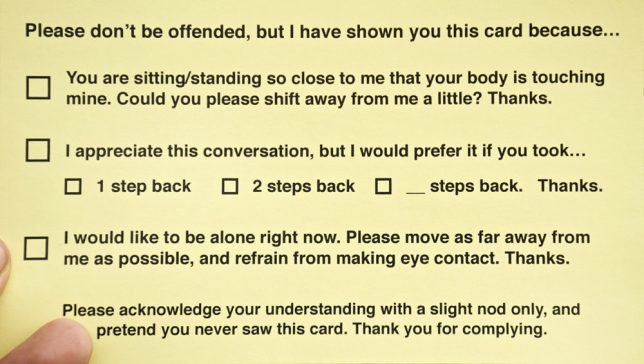
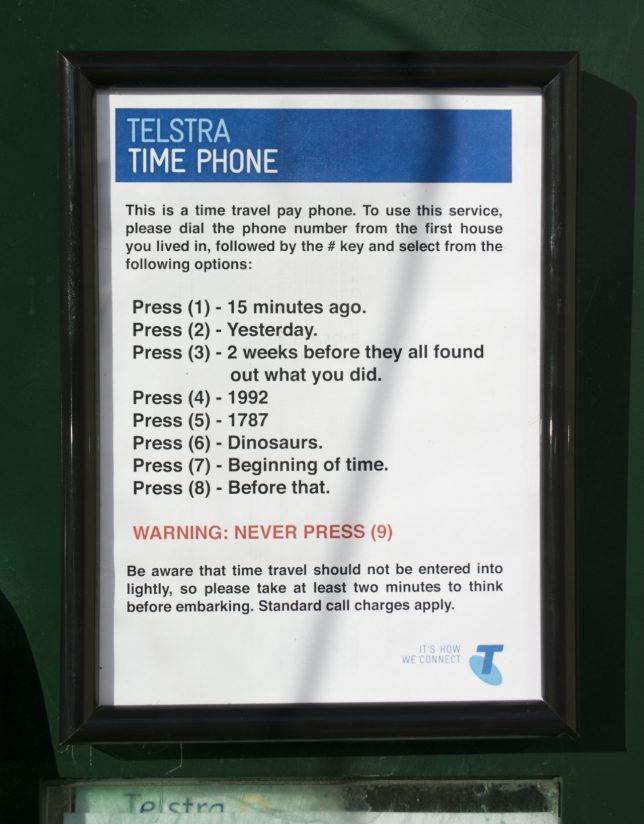

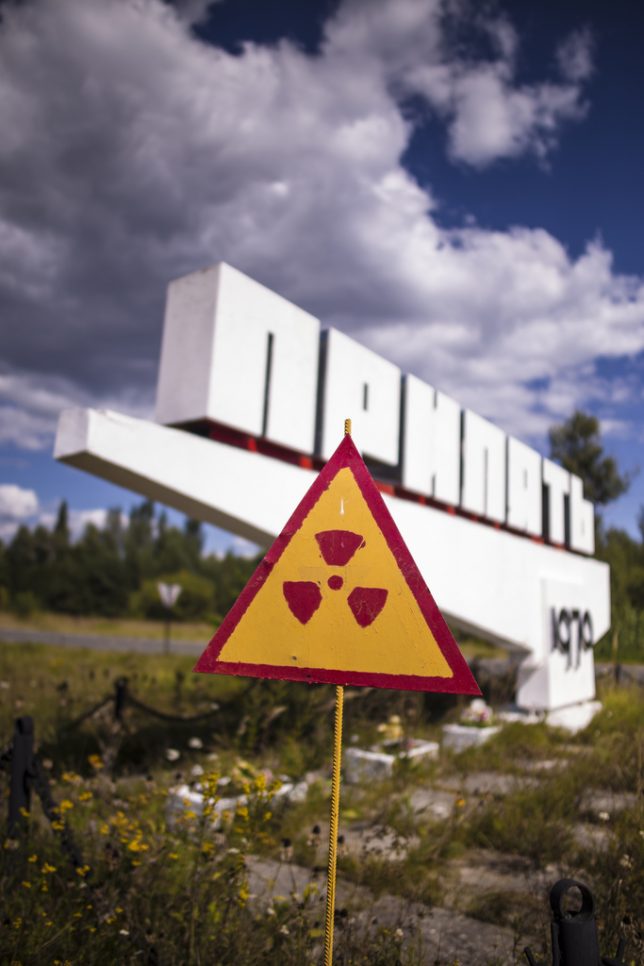

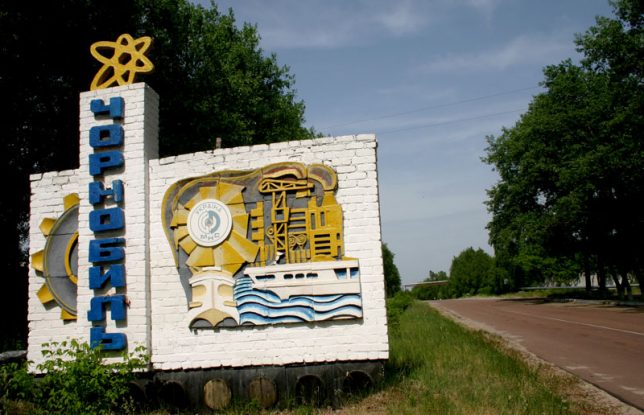
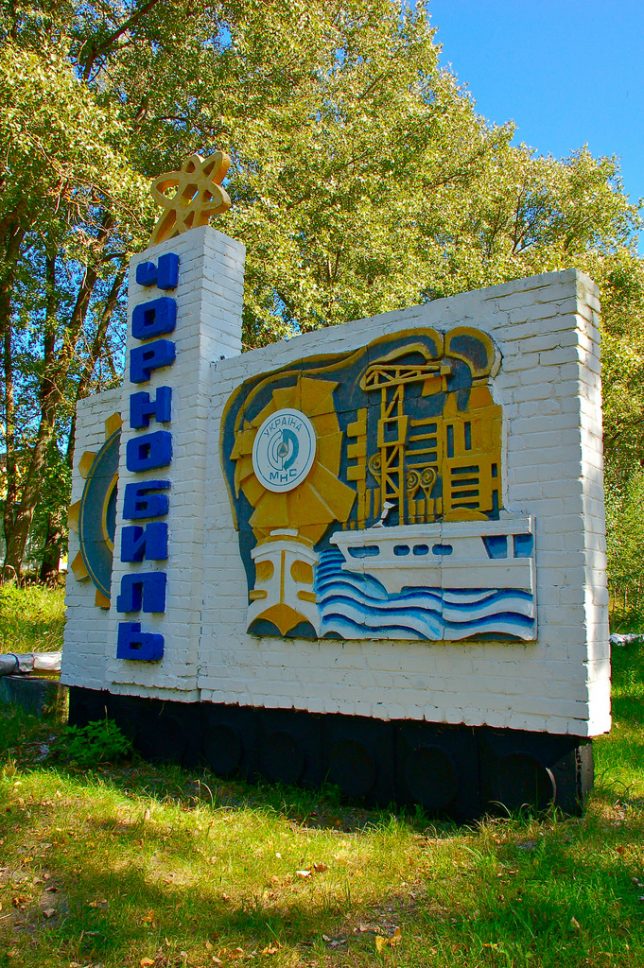
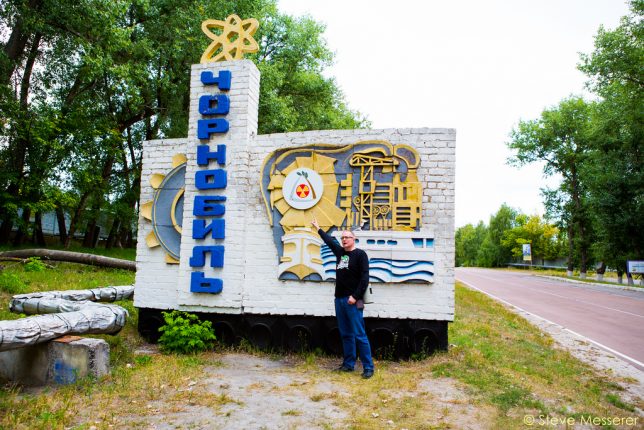
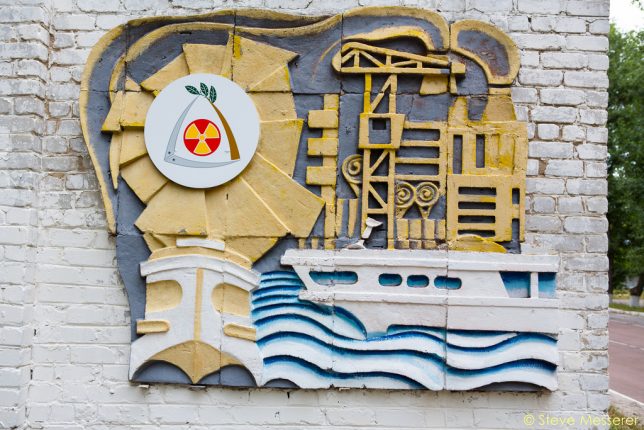
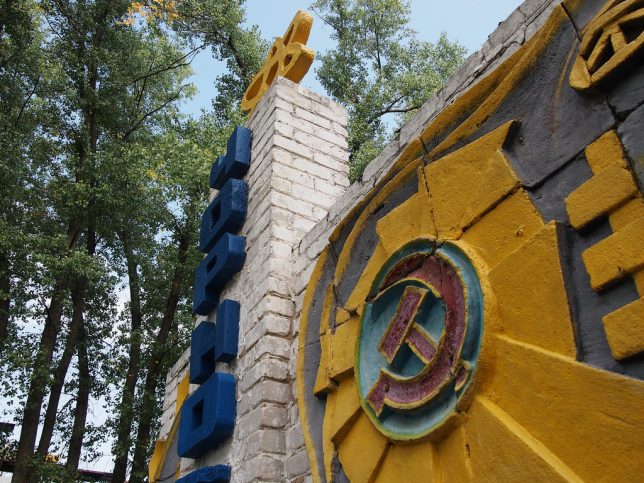
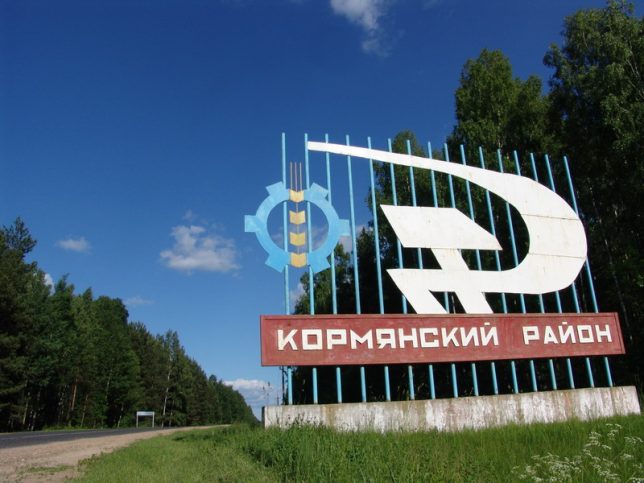

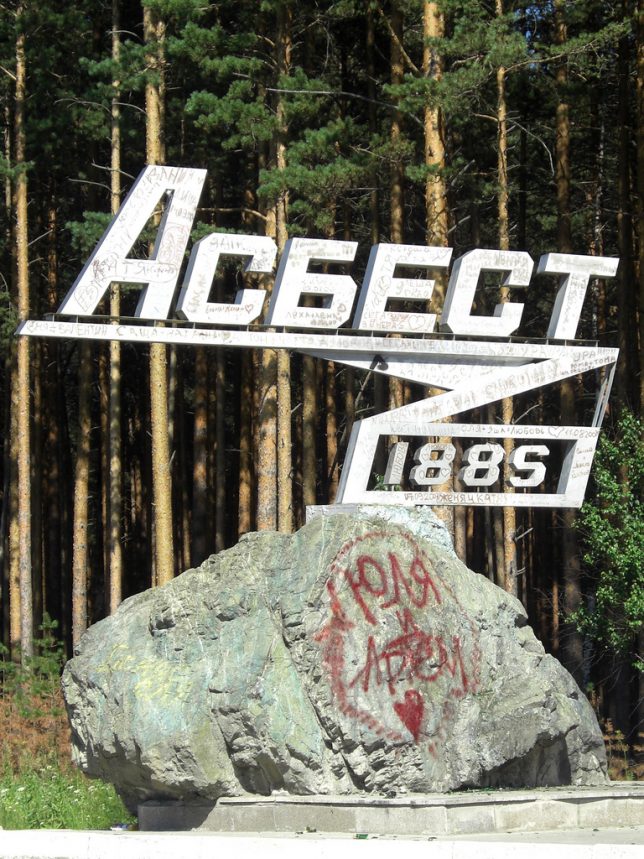





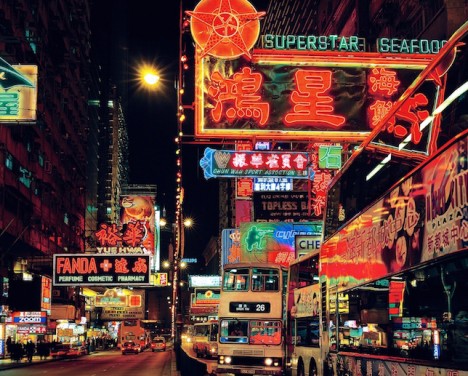
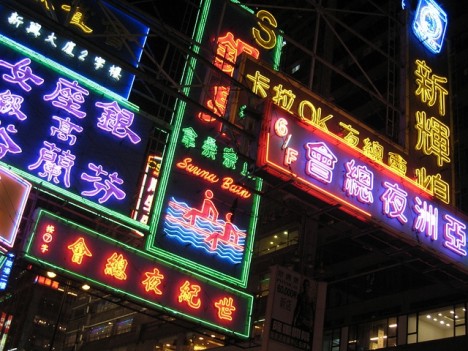
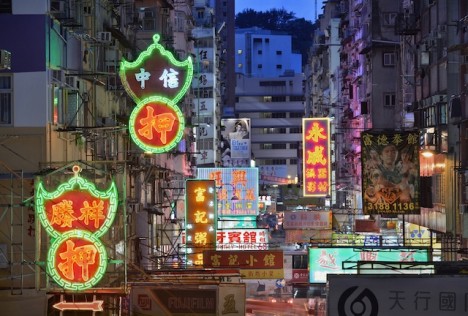

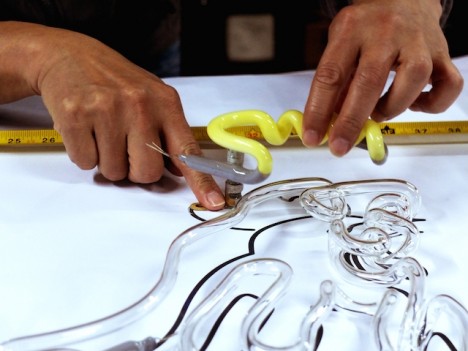


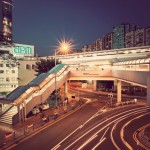




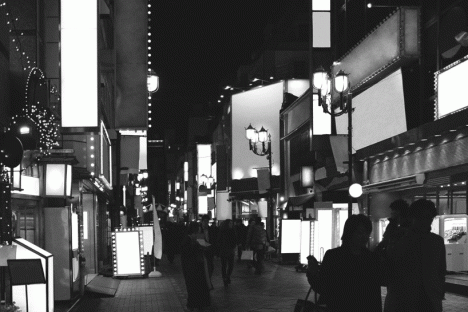
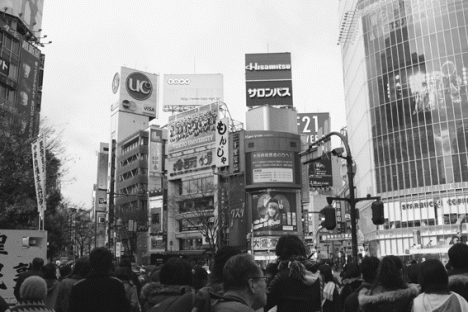

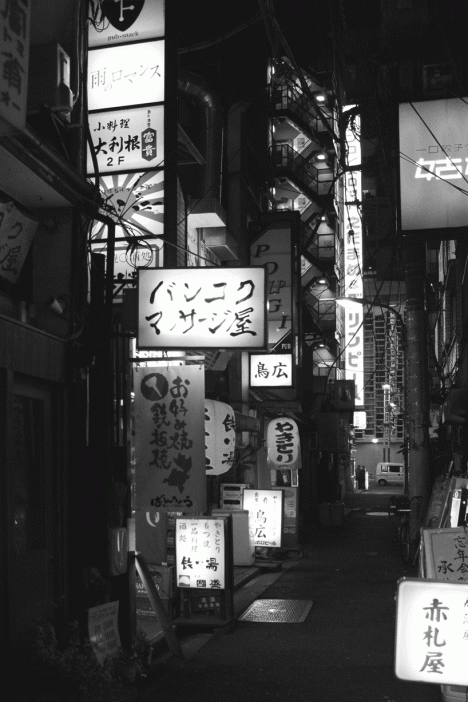
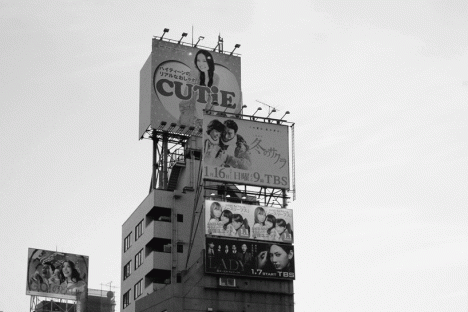
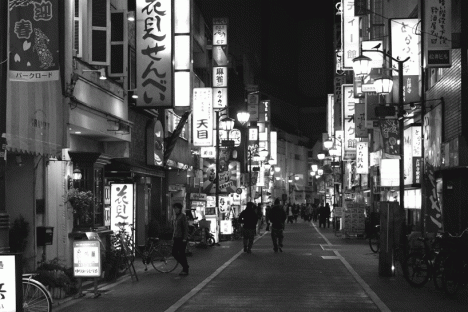
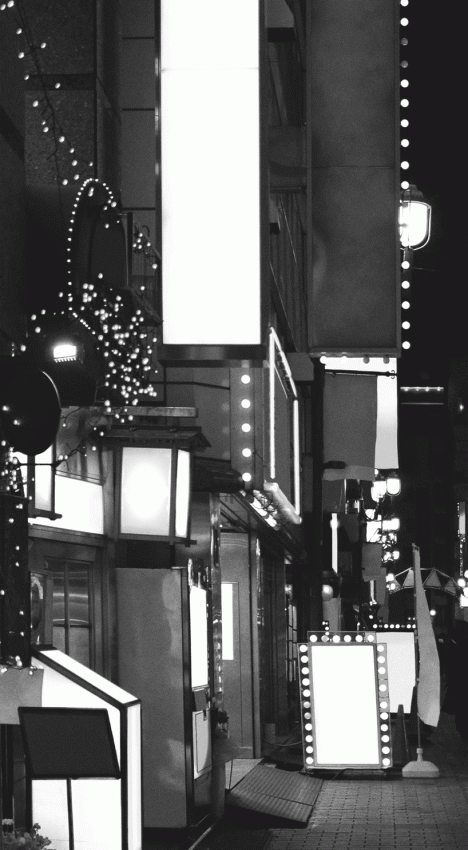
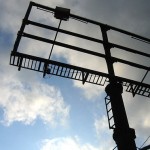
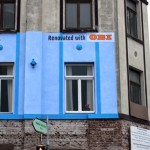
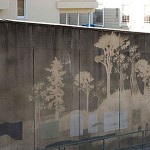
You must be logged in to post a comment.